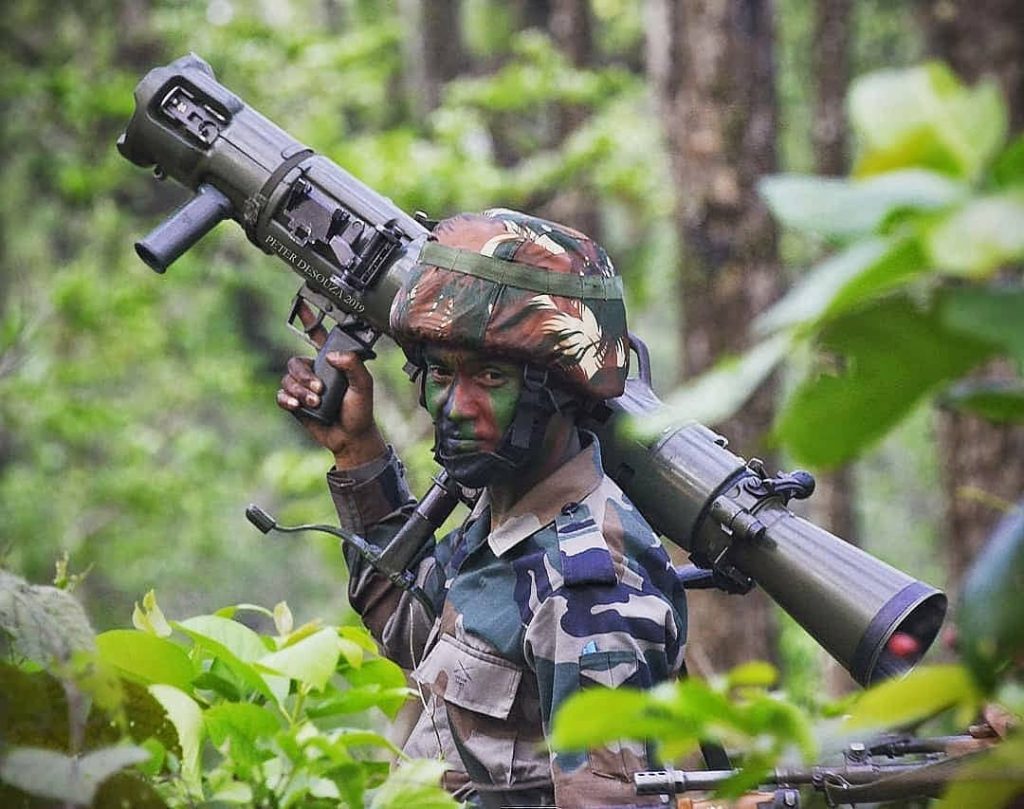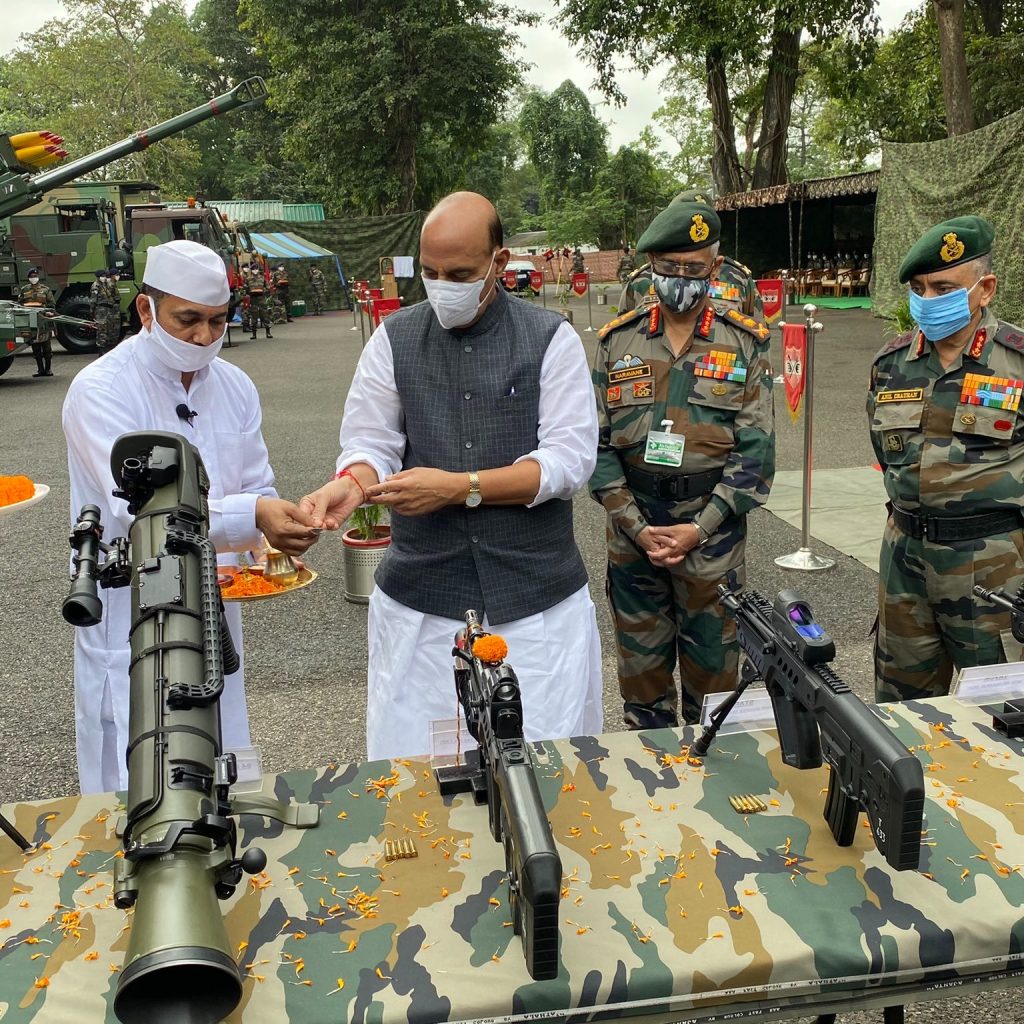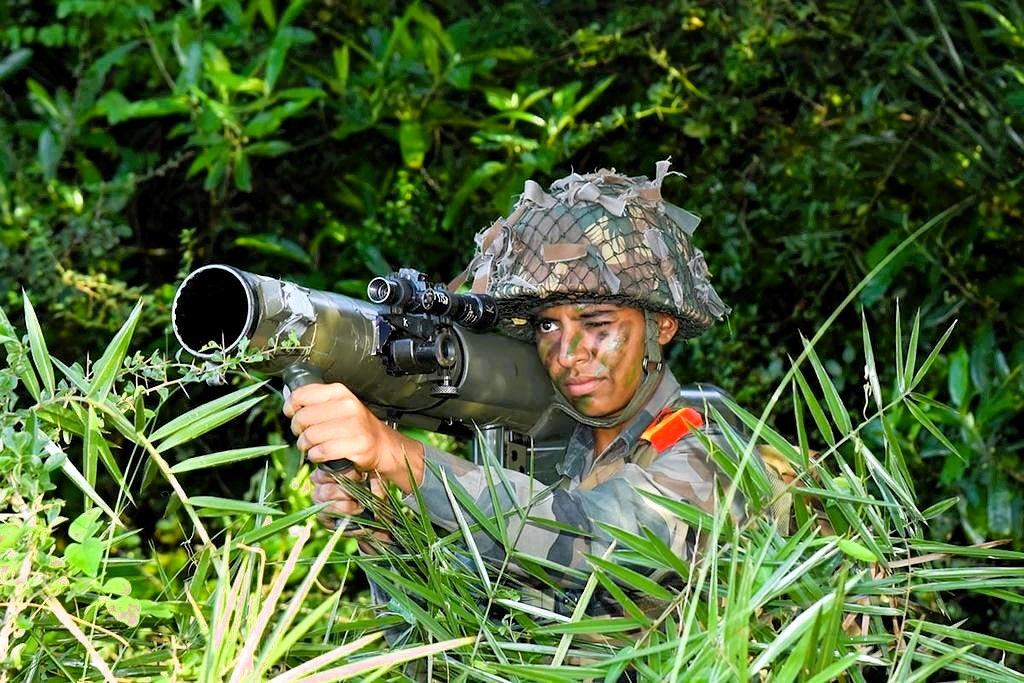In a groundbreaking development for India’s defence manufacturing capabilities, the Carl Gustaf M4, a versatile and widely utilized multi-role rocket system, is set to be produced domestically.
The move comes as the Swedish defence giant Saab has been granted 100 per cent Foreign Direct Investment (FDI) approval by the Indian government, paving the way for the establishment of Saab FFVO India Private Limited in Haryana’s Jhajjar.

The Carl Gustaf system, a staple in the arsenal of the Indian Army since 1976, is renowned for its role in counter-terrorism and insurgency operations. The portable, shoulder-fired rocket system is capable of engaging tanks and fortified positions, making it a pivotal asset in urban warfare scenarios.
Gorgen Johansson, Senior Vice President and Head of Saab’s Dynamics sector, expressed pride in constructing the company’s first facility outside of Sweden, particularly for a product with such a longstanding relationship with the Indian Armed Forces.
“We look forward to starting production of our excellent product, now engineered and made in India,” Johansson stated.

This initiative marks a significant step towards strengthening the bilateral ties between Sweden and India, with Hakan Jevrell, State Secretary for Foreign Trade of Sweden, highlighting the factory as the first wholly foreign-owned defence production facility in India.
The Carl Gustaf M4, the system’s latest variant, incorporates state-of-the-art sighting technology and advanced carbon fibre winding techniques. Saab’s commitment to the “Make in India” initiative is evident as it plans to collaborate with Indian suppliers to fulfill the domestic requirements for the defence sector.

The production of Carl Gustaf M4 in India is not just a testament to the evolving defence partnership between India and Sweden but also aligns with the Indian government’s Aatmanirbhar (self-reliance) project, aimed at establishing a robust domestic defence infrastructure with the involvement of both public and private sectors.
The Carl Gustaf system’s adaptability to various munitions types, including High Explosive Anti-Tank (HEAT), High Explosive (HE), and High Explosive Dual Purpose (HEDP), alongside its effectiveness in built-up areas, underscores its significance in modern urban combat scenarios.
Its proven efficacy in diverse operational contexts, from the conflicts in Ukraine and Gaza to the internal security challenges within India, reaffirms its status as a critical asset for urban warfare and beyond.









